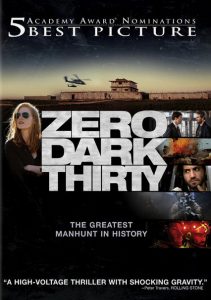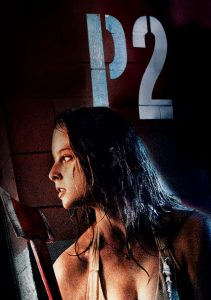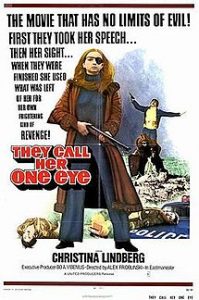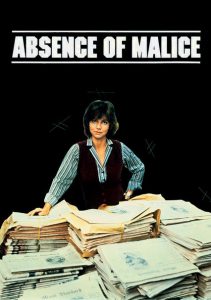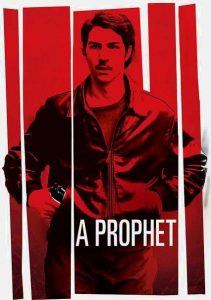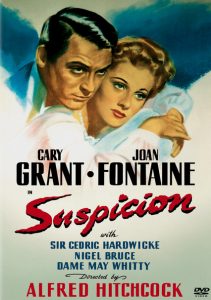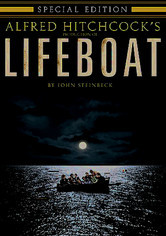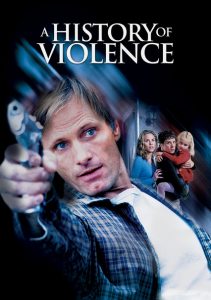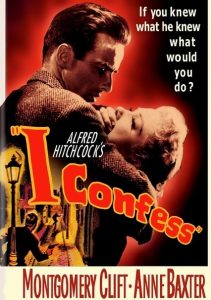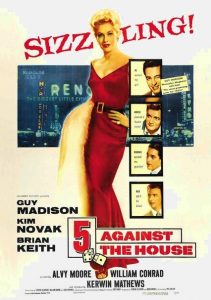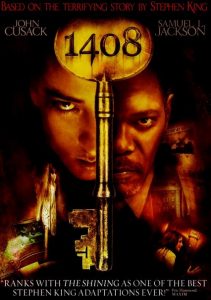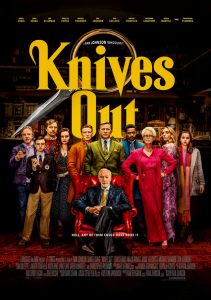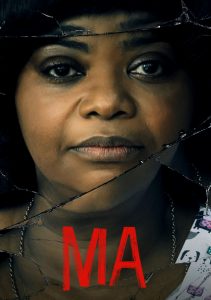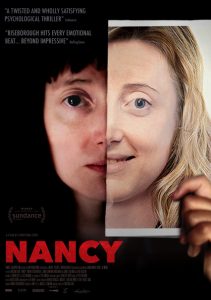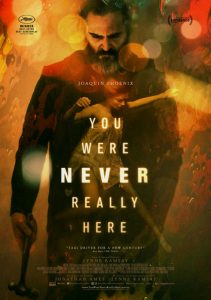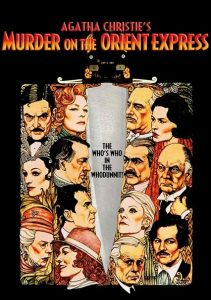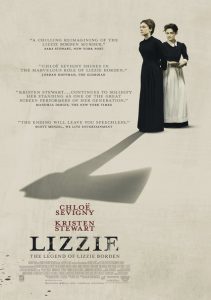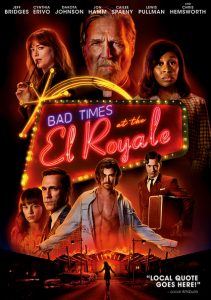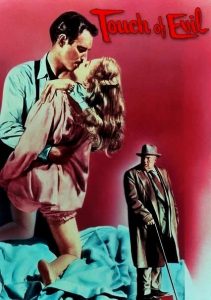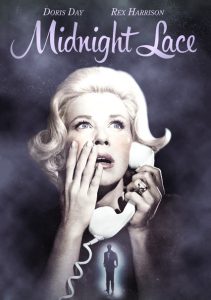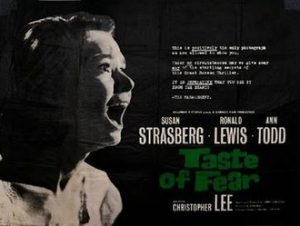Zero Dark Thirty-2012
Director Kathryn Bigelow
Starring Jessica Chastain
Scott’s Review #1,133
Reviewed April 14, 2021
Grade: A-
Director Kathryn Bigelow, not far removed from her Oscar win for The Hurt Locker (2008), returns with a similar style of film centering around war and more specifically about the emotional tolls and psychological effects from not just the battlefields but from dangerous missions.
The main character suffers from many conflicts and inevitably the viewer will as well.
Zero Dark Thirty (2012) is unique for the genre by having a female in the lead role and star Jessica Chastain is front and center and terrific.
She is calm, restrained, and in control. She is tough to rattle and a powerful and inspirational character to be admired.
Chastain exudes cool in the face of danger.
Chastain does have a brilliant emotional scene at the end of the film. Her character, Maya, boards a military transport back to the U.S., as the sole passenger. She is asked where she wants to go and begins to cry. The emotion finally gets the better of her as it would to anyone.
The film is not all Chastain’s to brag about and there is little wrong with the film.
Beautifully directed, Bigelow layers her film with enough tension and magnificence to enshroud the moral questions viewers will ask, specifically about torture.
It’s somewhat fictionalized, and in fact, Chastain’s character is made up, but Zero Dark Thirty is a gem nonetheless.
But we also know the events happened.
The film starts incredibly well and immediately grabs the viewer’s attention with a brilliant first scene. Amidst a dark screen and soundtrack of actual calls made to the 911 operator from inside the World Trade Center Towers on 9/11, the scene is about as powerful an opening as a film can have and bravely sets the stage for what follows.
These include many scenes of Arab detainees being interrogated (that is, tortured) for information about Al Qaeda. Is this justified or unnecessary abuse?
The viewer is immediately saddened and in tears and conflicted about whether the torture is justified having just heard the 911 calls.
I know I was.
From there, the viewer also is told a summary story putting the pieces of the first scene together.
After the terrorist attacks of Sept. 11, 2001, Osama bin Laden becomes one of the most wanted men on the planet. The worldwide manhunt for the terrorist leader occupies the resources and attention of two U.S. presidential administrations.
This is the crux of the film and the story told.
Ultimately, it is the work of a dedicated female operative (Chastain) that proves instrumental in finally locating bin Laden. In May 2011, Navy SEALs launched a nighttime strike, killing bin Laden in his compound in Abbottabad, Pakistan.
We all know this but troubling is the use of torture. I keep coming back to this point.
I think what I like most about the film besides the riveting pacing, action sequences, and psychological appeal is the controversy that surrounds it.
The fact that it ruffled feathers at the CIA and in Congress about whether the info was leaked to the filmmakers makes me think that at least some of it is based on facts, despite what other reviewers (likely with a strong political bias) might claim to the contrary.
But as a political junkie that’s just my belief.
The film’s reproduction of enhanced interrogation techniques is brutal. Some critics, in light of the interrogations being depicted as gaining reliable, useful, and accurate information, considered the scenes pro-torture propaganda.
Acting CIA director Michael Morell felt the film created the false impression that torture was key to finding bin, Laden. Others described it as an anti-torture exposure of interrogation practices.
I guess we may never know the truth. But the film compels and provokes feeling.
Bigelow is at the top of her game with Zero Dark Thirty (2012) crafting a genre film (the war one) way too often told from only a masculine “us versus them” mentality and leaving behind the fascinating nuances that can make the genre a more interesting and less one-note one.
The masterful director does just that and makes us think, ponder, and squirm uneasily.
Oscar Nominations: 1 win-Best Picture, Best Actress-Jessica Chastain, Best Original Screenplay, Best Sound Editing (won), Best Film Editing
